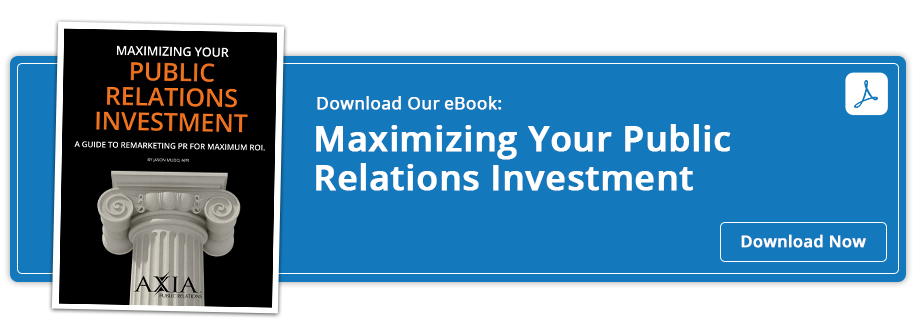Seven essential storytelling elements to grab your reader’s attention
By Alexandra SharpOctober 26, 2020
From photography to sidebars, having multiple entry points only strengthens your story.
 Telling an incredible story is only the first step to getting your audience interested. There are so many other factors that grab a reader’s attention and keep him or her engaged. These are called entry points because they are all elements that draw your audience in to learn more. Without these elements, your audience will leave the story just as quickly as they entered it, and your story will not have a lasting impact.
Telling an incredible story is only the first step to getting your audience interested. There are so many other factors that grab a reader’s attention and keep him or her engaged. These are called entry points because they are all elements that draw your audience in to learn more. Without these elements, your audience will leave the story just as quickly as they entered it, and your story will not have a lasting impact.
Here are seven elements to consider when creating an engaging story:
- Headline
The title of your story is usually the first thing your audience will read. Therefore, it needs to be eye-catching, informative, and make the reader want to learn more. This is also a great opportunity to be creative. Consider using a pun, writing alliteration, or asking a question.
Not sure what makes an effective headline? In a separate post, we shared four tips for effective headlines in a separate post.
- Dek
After a headline, you’ll write your subheadline, sometimes called a dek. This should give more context and be specific to your story. A subheadline is as important as a headline in grabbing the reader’s attention.
- Lede
After your headline, the next part of writing you hope your audience will read is your lede. The lede is the start of a story. It can be a sentence, a paragraph, or multiple paragraphs long. This is possibly your second or third best chance at drawing the reader into the writing.
If you’re writing a news article or a press release, write an inverted pyramid lede. This is when you start with the most important information, usually the five Ws and H (who, what, where, when, why, and how). If you’re writing a blog post or feature magazine-esque story, consider writing a creative lede. For example, be descriptive or pose a question.
- Visuals
As impactful as writing can be, it’s true that a single picture can say a thousand words. That’s why having a powerful dominant image is vital to producing engaging content. A dominant image should be placed near the top of the page, should be larger than the other graphic elements, and should direct the reader toward the story.
Having more than one image is always beneficial. Just make sure you only have one dominant photo; otherwise, you will confuse the audience on what’s the most important thing to look at.
- Alternative Formats
An effective story provides your audience with a service, something they can take away from the article and implement in their lives. These could include a list of best practices, tips from professionals, or a how-to section. One way to do that is using alternative writing styles. Consider numbered lists, using subheads, creating a matrix or flow chart, or using graphics or charts to educate the reader. You may also want to insert pull-out quotes in the story, especially if there’s a really strong, well-worded quote that encompasses the story’s purpose.
- Sidebars
If you can’t use an alternative story format but you want to add a service element, then creating a sidebar may be the next best thing. A sidebar is a separate, mini article that is published alongside the main story. Its purpose is to educate the audience on a more niche issue addressed in the story, usually in an alternative formatting style. Sidebars serve as another great entry point to draw your reader in.
- Design
Your overall design is incredibly important when trying to grab the audience’s attention. Your whole spread should flow, from the photography and graphic elements used to the placement of the words. This is also when you’ll want to consider small — but equally important — design elements like color and typeface.
Grabbing the reader’s attention is difficult even with the best story. That’s why it’s important to have as many entry points as possible to have the best chance at drawing the audience in. From fun headlines to informative charts, every aspect of a story should be carefully selected with purpose to ensure the most effective, engaging story.
At Axia Public Relations, we have three copy editors on our team, a unique feature of our PR firm, that create these entry points. Does your PR agency have dedicated copy editors? Our bet: Probably not. If you want to learn more about how we can help you build your storytelling arsenal, contact us at 888-PR-FIRM-8 or download our How to Fire Your PR Agency ebook.
Photo by Polina Zimmerman from Pexels
Topics: public relations, story telling


Comment on This Article